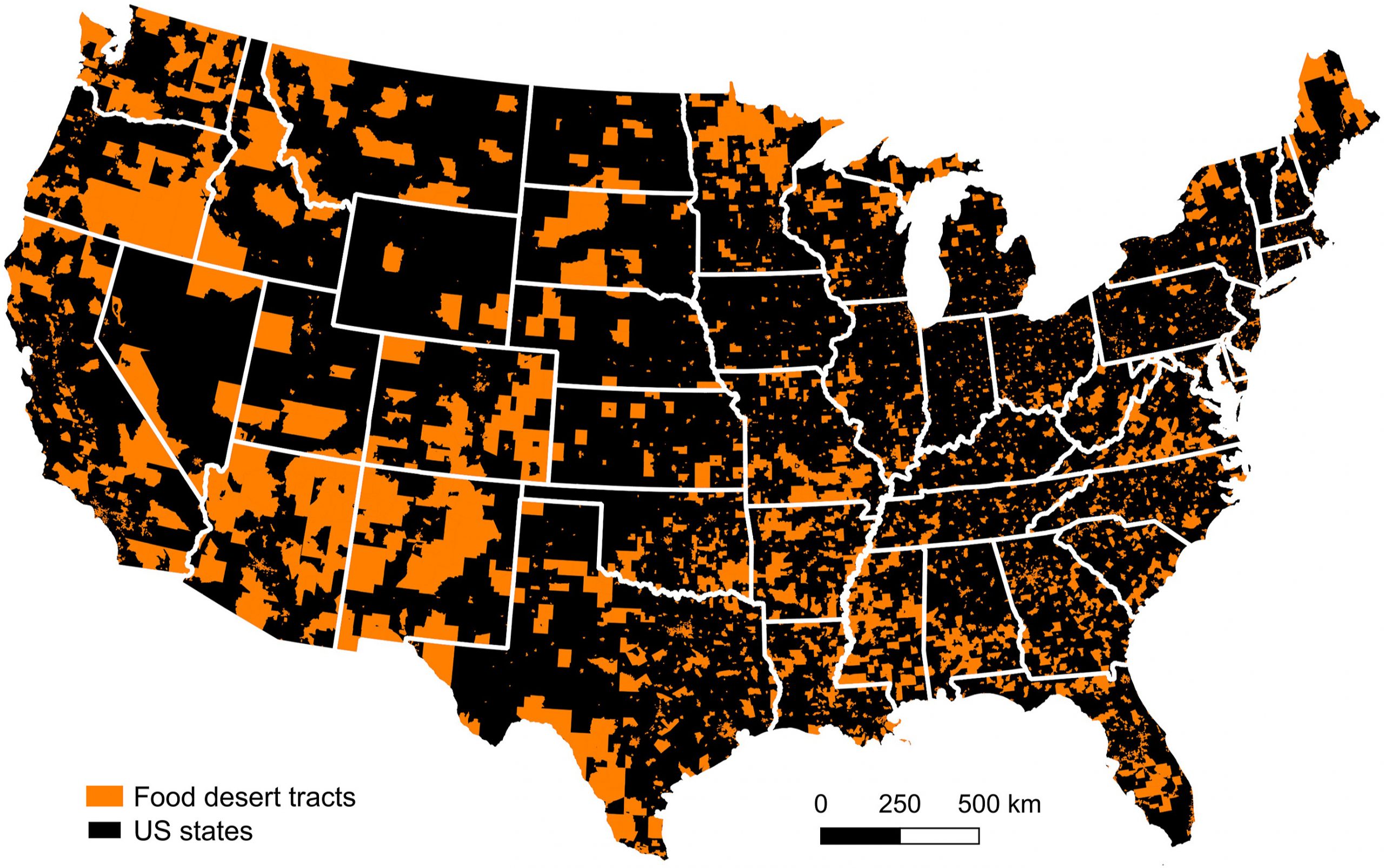
New article first published online: Socio-Economic Planning Sciences
ABSTRACT: For many socioeconomically disadvantaged customers living in food deserts, the high costs and minimum order size requirements make attended grocery deliveries financially non-viable, although it has a potential to provide healthy foods to the food insecure population. This paper proposes consolidating customer orders and delivering to a neighborhood convenience store instead of home delivery. We employ an optimization framework involving the minimum cost set covering and the capacitated vehicle routing problems. Our experimental studies in three counties in the U.S. suggest that by spatial and temporal consolidation of orders, the deliverer can remove minimum order-size requirements and reduce the delivery costs, depending on various factors, compared to attended home-delivery. We find the number and size of time windows for home delivery to be the most important factor in achieving temporal consolidation benefits. Other significant factors in achieving spatial consolidation include the capacity of delivery vehicles, the number of depots, and the number of customer orders. We also find that the number of partner convenience stores and the walkable distance parameter of the model have a significant impact on the number of accepted orders, i.e., the service level provided by the deliverer. The findings of this study imply consolidated grocery delivery as a viable solution to improve fresh food access in food deserts. In light of the recent global pandemic and its exacerbating effects on food insecurity, the innovative solution proposed in this paper is even more relevant and timely.